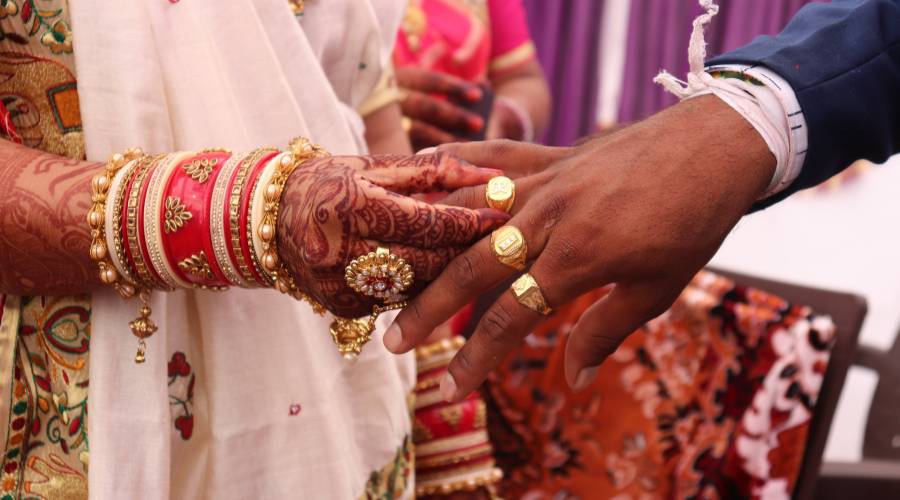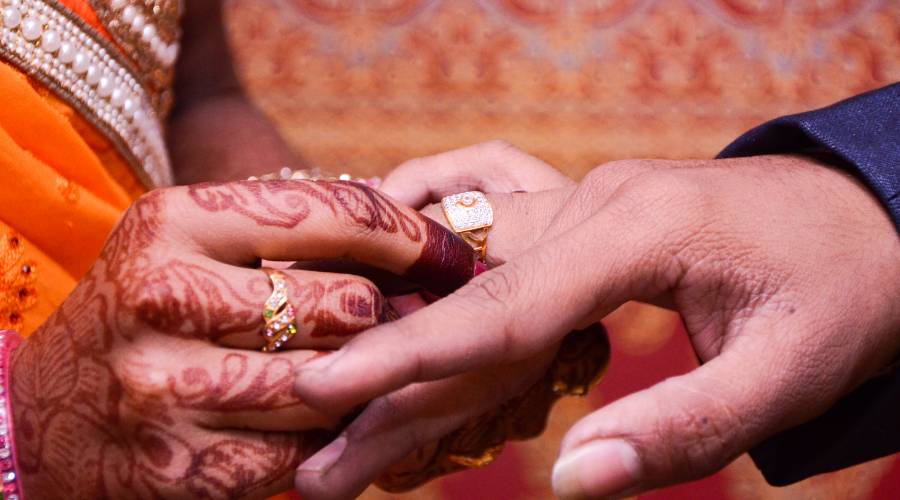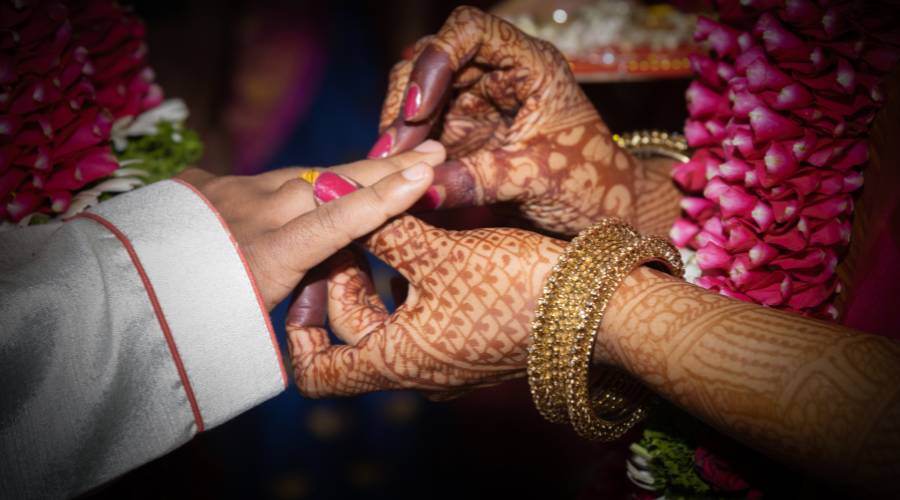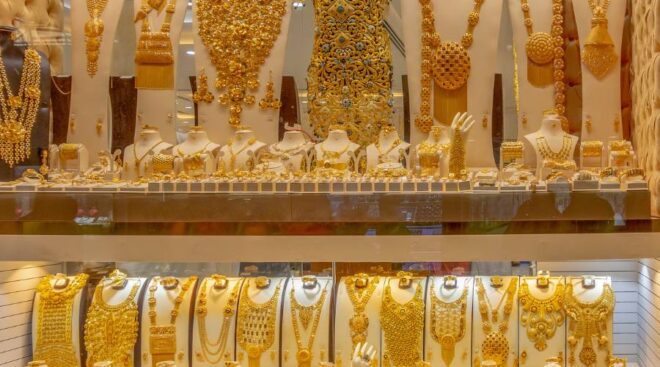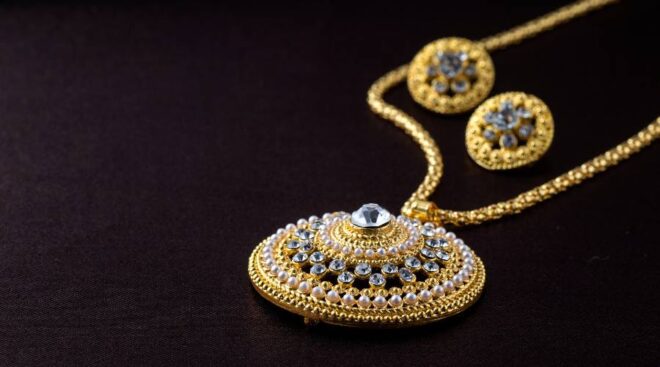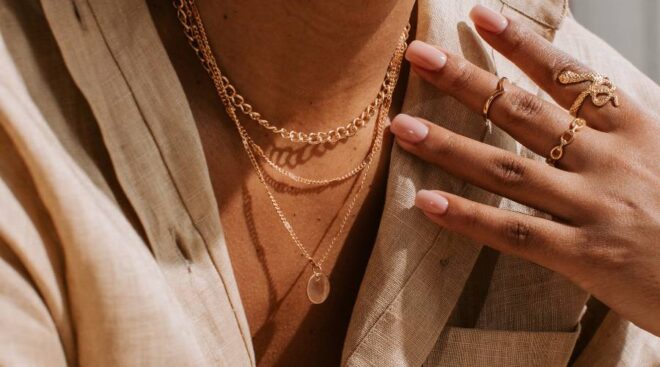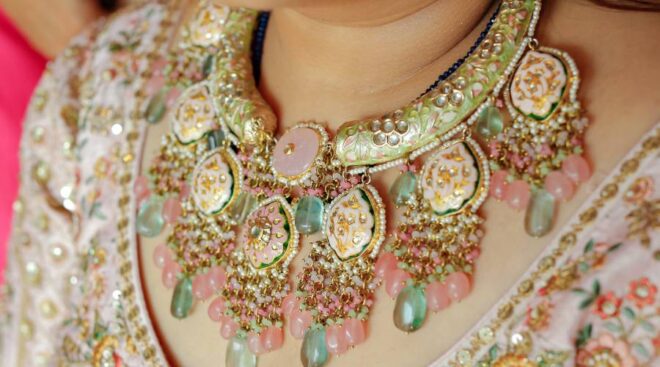Indian rings are an important part of India’s culture, representing both beauty and deep meaning. These statement rings are more than just accessories; they represent tradition, social status, and personal identity. In Indian weddings, rings symbolize love and togetherness, playing a crucial role in ceremonies that unite two people.
This article will explore the top 5 Indian rings that make a statement. Each piece combines tradition and modernity, making it ideal for any special event. Discover how these iconic rings continue to enchant with their timeless beauty and cultural significance.
The Cultural Significance of Indian Rings
In Indian culture, rings are deeply intertwined with symbols of marital status and commitment. These adornments are more than mere fashion accessories; they hold profound meanings that reflect tradition and personal connections.
Symbols of Commitment
- Marital Status: Rings often signify a person’s marital status, acting as a visible testament to one’s vows and promises.
- Commitment: They symbolize the enduring bond between partners, representing love and dedication.
Traditional Wedding Ceremonies
Within traditional wedding ceremonies, specific rings like the Mangalsutra play pivotal roles. This sacred necklace, though not a ring in the conventional sense, is considered an essential part of bridal jewellery.
“The Mangalsutra is more than just a piece of jewellery; it is a revered symbol of matrimony and fidelity.”
Cultural Identity and Life Events
Rings also serve as expressions of cultural identity during significant life events. From engagement ceremonies to anniversaries, these pieces mark milestones with elegance:
- Traditions: Wearing specific rings can uphold various cultural traditions, keeping ancestral customs alive.
- Fashion Rings: Modern adaptations allow individuals to express personal style while honoring their heritage.
This blend of tradition and contemporary fashion makes Indian rings unique in their ability to narrate stories through their designs and significance.
1. The Nath (Nose Ring)
Indian bridal jewelry is incomplete without the Nath, a traditional nose ring that holds immense cultural value. Often seen gracing the faces of brides across various Indian regions, the Nath is not just an ornament but a symbol of marriage and fertility. It represents a rite of passage into married life, embodying the societal expectations and roles that come with it.
Traditional Role in Bridal Attire
The Nath is traditionally worn by brides on their wedding day. It complements the bridal ensemble, adding an element of grace and elegance. Its size and design can vary significantly, often influenced by regional customs and family traditions.
In Maharashtra, for instance, brides typically wear a large round nose ring adorned with pearls or beads, while in Rajasthan, the preference leans towards a smaller hoop with intricate designs.
Symbolism Associated with Marriage and Fertility
Wearing the Nath during wedding ceremonies is believed to invoke blessings for a prosperous marriage. It also symbolizes fertility, aligning with ancient beliefs about enhancing a woman’s beauty and allure.
Traditionally linked to Goddess Parvati, who is revered as the epitome of marital bliss and womanhood, wearing the Nath has spiritual connotations as well.
Modern Adaptations and Designs
Contemporary fashion has seen the Nath evolve beyond its traditional roots. Today, you can find Nath’s crafted from various materials such as gold, silver, or even more affordable metals for everyday wear.
Designers are blending tradition with modern aesthetics, offering pieces that cater to both minimalistic tastes and those favoring bold statement jewelry. Some Naths are designed to be worn without piercings, making them accessible to a wider audience.
The Nath’s journey from being a purely cultural artifact to becoming a versatile piece of adornment reflects its enduring appeal in Indian fashion. It perfectly encapsulates how traditional symbols can adapt and thrive in modern contexts while retaining their intrinsic cultural significance.
2. The Finger Ring (Haath Phool)
The Haath Phool, a stunning piece of bridal jewelry, is an Indian ring that holds a special place in traditional adornment. This exquisite hand harness gracefully connects rings to a bracelet, symbolizing the bond between femininity and beauty. Its intricate design not only enhances the allure of bridal attire but also embodies the rich cultural heritage of India.
Significance
Traditionally worn during weddings, the Haath Phool signifies fertility and prosperity. As a statement Indian ring, its beauty lies in its ability to capture the essence of a bride’s elegance and grace.
Traditional Bridal Looks
The Haath Phool transforms any bridal ensemble by adding a touch of grandeur and sophistication. It serves as an embodiment of femininity, making it a must-have accessory for brides seeking to showcase their cultural identity.
Design Variations
Modern interpretations of the Haath Phool offer a blend of tradition and contemporary aesthetics. From delicate floral motifs to bold geometric patterns, these designs cater to diverse tastes while maintaining the charm of classic Indian craftsmanship.
The growing popularity of statement rings like the Haath Phool highlights their role in celebrating both individual style and cultural significance.
3. Navaratna Ring
The Navaratna ring is a beautiful example of an Indian statement ring in the world of bridal jewelry. This exquisite piece features nine distinct gemstones, each representing a different celestial body and believed to harness unique energies. The stones include:
- Ruby
- Pearl
- Red Coral
- Emerald
- Yellow Sapphire
- Diamond
- Blue Sapphire
- Hessonite
- Cat’s Eye
According to cultural beliefs, wearing a Navaratna ring brings good fortune, prosperity, and protection against negative influences. It is often associated with enhancing fertility and overall well-being, making it a cherished adornment in Indian culture.
In modern times, Navaratna rings have evolved beyond their traditional designs. Jewelers now offer contemporary styles that allow for personal expression while retaining the ring’s spiritual meaning. These modern versions blend classic elements with new aesthetics, providing a perfect balance between tradition and individuality.
4. Bridal Set Rings (Solah Shringar)
The Solah Shringar is the ultimate bridal adornment in Indian culture, symbolizing the transition into marriage with elegance and luxury. This elaborate ceremony involves sixteen different decorations, with rings playing a vital role. Each piece of traditional jewelry, especially the ring, represents fertility and signifies a bride’s new journey.
Bridal sets usually consist of various types of statement Indian rings, each carrying its meaning:
- Toe Rings (Bichiya): Traditionally worn by married women, these symbolize marital status and are believed to enhance fertility.
- Finger Rings: Often intricately designed, these adornments signify elegance and familial bonds.
Modern interpretations seamlessly blend contemporary styles with traditional customs. From classic gold bands to diamond-studded masterpieces, these rings showcase a combination of timeless beauty and modern sophistication. As statement Indian rings become more popular, they highlight exquisite craftsmanship and deep cultural significance.
5. Contemporary Statement Rings
The charm of statement Indian rings has gone beyond traditional boundaries and found a place in modern fashion trends all over India. These rings are more than just bridal jewelry; they are bold expressions of individuality, blending modern design with timeless cultural elements.
Reflecting the Past and Present
Contemporary statement rings often reflect a combination of historical aesthetics and today’s fashion sensibilities. Designers draw inspiration from traditional motifs and patterns, reimagining them with sleek lines and innovative materials to create stunning pieces that resonate with personal expression.
What Makes These Rings Special?
Here are some key features that make contemporary statement rings stand out:
- Bold Designs: These rings allow wearers to showcase their unique style. Whether it’s intricate work inspired by ancient art or minimalist designs with a modern twist, the options are vast.
- Cultural Heritage Meets Modern Fashion: The challenge lies in balancing rich cultural heritage with the demands of contemporary style. These rings manage to honor traditional symbolism while embracing new trends, making them perfect adornments for any occasion.
By curating a collection that highlights the craftsmanship and cultural significance of these pieces, we celebrate the evolving nature of Indian ring designs, ensuring they remain relevant in both traditions and future fashions.
Conclusion
Indian rings are more than just jewellery; they represent timeless beauty and rich cultural heritage. Whether you prefer the classic charm of the Nath or the trendy appeal of contemporary statement rings, each ring provides a distinct opportunity to showcase your individuality on special occasions.
Visit Aladdin’s Chest to explore these exquisite pieces and find exclusive offers on handcrafted jewellery. Our carefully chosen collection combines tradition and modernity, guaranteeing that you shine with elegance and style.
FAQs (Frequently Asked Questions)
What is the cultural significance of Indian rings?
Indian rings hold deep cultural importance, symbolizing marital status and commitment. They play a vital role in traditional wedding ceremonies, with specific rings like the Mangalsutra representing significant life events and cultural identity.
What are some popular types of statement Indian rings?
The top five statement Indian rings include the Nath (nose ring), Haath Phool (finger ring), Navaratna ring, Bridal Set Rings (Solah Shringar), and contemporary statement rings. Each piece showcases exquisite craftsmanship while reflecting cultural significance.
How does the Nath (nose ring) symbolize marriage and fertility?
The Nath is traditionally worn by brides as part of their attire, symbolizing marital status and fertility. It has modern adaptations that maintain its cultural essence while appealing to contemporary tastes.
What is the significance of the Navaratna ring in Indian culture?
The Navaratna ring features nine gemstones, each representing different celestial bodies. It is believed to bring good fortune and spiritual meaning to its wearer, making it a cherished piece of Indian jewelry.
What does Solah Shringar represent in bridal jewelry?
Solah Shringar refers to the sixteen adornments a bride wears on her wedding day, including various rings that symbolize marital union and enhance traditional bridal looks while reflecting modern trends.
How can contemporary statement rings blend tradition with modern design?
Contemporary statement rings incorporate historical aesthetics with bold designs that allow for personal expression. These pieces honor cultural heritage while embracing current fashion trends, making them versatile for various occasions.


